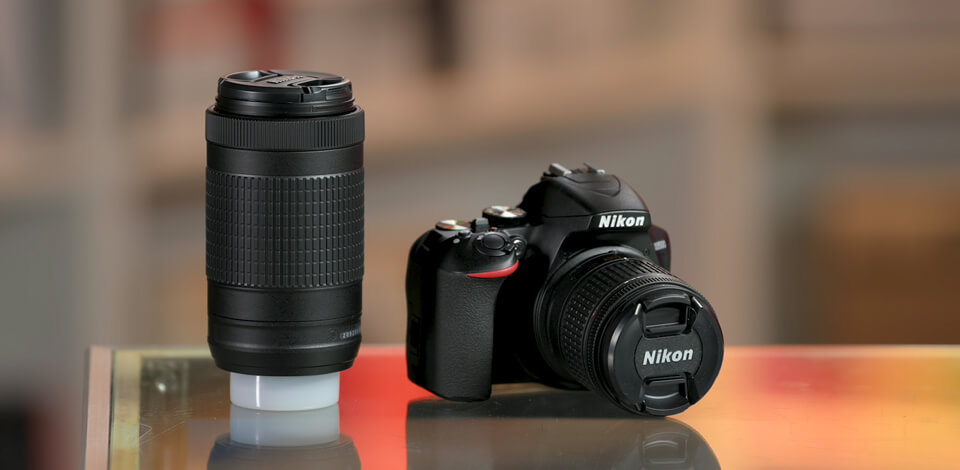
My journey as a photographer truly began when I started looking for better lenses for D3500. I still remember the special moment of unboxing my Nikon D3500. At first, I used the kit lens that came with it. But after a few weeks, I noticed something was missing.
My portraits weren’t sharp or vibrant, my landscape shots lacked a wow effect, and low-light photos were absolutely frustrating. That’s when I discerned that the problem wasn’t related to the camera, but to the lens.
 Nikon AF-P DX 10-20mm f/4.5-5.6G VR
Nikon AF-P DX 10-20mm f/4.5-5.6G VR
★★★★★ (5/5)
The Nikon AF-P 10-20mm is worth the title of the best lens for the Nikon D3500. It delivers sharp, clean shots without weird bending at the edges. Whether you’re capturing nature, cities, or indoor scenes, this lens will perfectly cope with the task. Plus, the image stabilization helps reduce blur, and the fast, silent autofocus works smoothly for videos too.
I decided to learn more about which lenses work great with the D3500. I explored both native lenses for the Nikon D3500 and lenses from other brands that are fully compatible with this camera. In total, I tested 25+ lenses for D3500 recommended by colleagues, our clients, Redditors, and users on marketplaces.
I needed a Nikon D3500 lens that would help me improve my photos without breaking the bank or being too confusing. I wanted nice blurry backgrounds for portraits and sharp landscape images. Besides, I needed a model that was light to carry around on trips.
Autofocus was another thing to consider because I wasn’t comfortable using manual focus yet. Also, I searched for lenses with a wider aperture to get better results when shooting in low light. Lenses with built-in vibration reduction seemed like a smart choice, too, especially for handheld shooting.
The Nikon D3500 is a solid starter camera. Still, to get the most out of it, you need lenses for different situations. Here’s a simple guide to the most useful lens types and how each one can improve your photos.
Amazon: 150+ bought in past month
B&H: 2K+ sold in the past year
Adorama: 1.5K+ sold in the past year
Best Buy: 1K+ sold in the past year
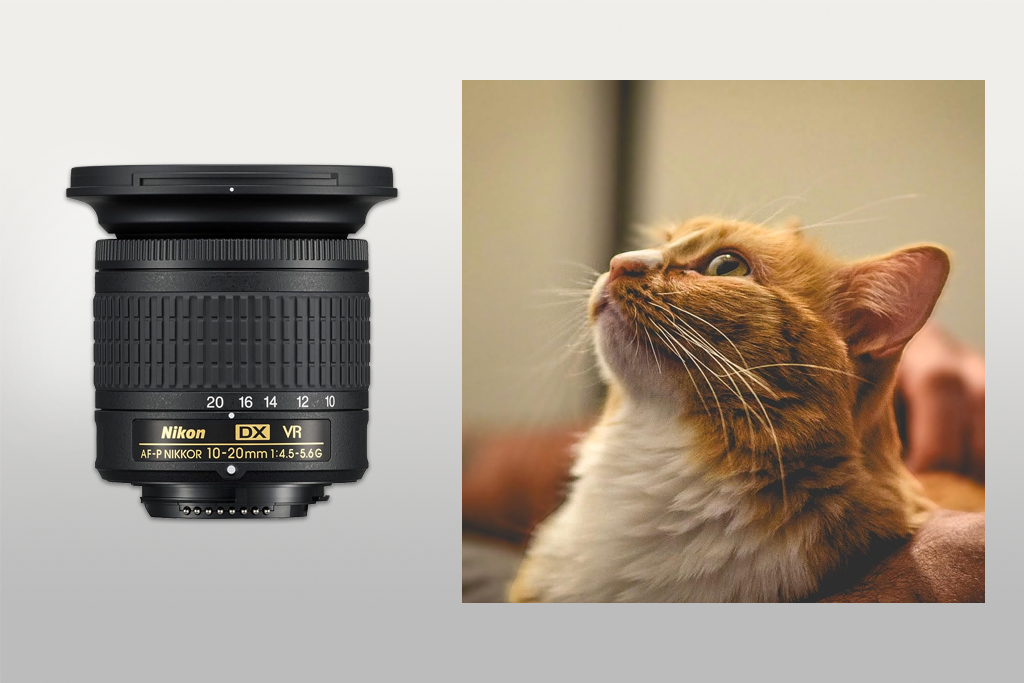
I wasn’t sure about this wide angle lens at first. It’s made of plastic and doesn’t keep the same aperture when zooming, which made me hesitate. But it was affordable, and I read that it works great with DX-format cameras like the D3500, so I decided to try it.
Once I started using it, I was impressed. The 10mm wide-angle lens let me capture entire rooms easily, even in tight spaces. I didn’t have to move back so much anymore. When shooting landscapes, this Nikon D3500 lens made scenes look wide, deep, and more dramatic.
One thing I loved about this lens was the Vibration Reduction (VR). It is very helpful when I take photos without a tripod. Even at slower speeds like 1/30 second, my shots stayed nice and sharp. The autofocus is smooth and almost silent, thanks to the AF-P motor. That is important for video recording.
Amazon: 200+ bought in past month
B&H: 4K+ sold in the past year
Adorama: 3.5K+ sold in the past year
Best Buy: 2K+ sold in the past year
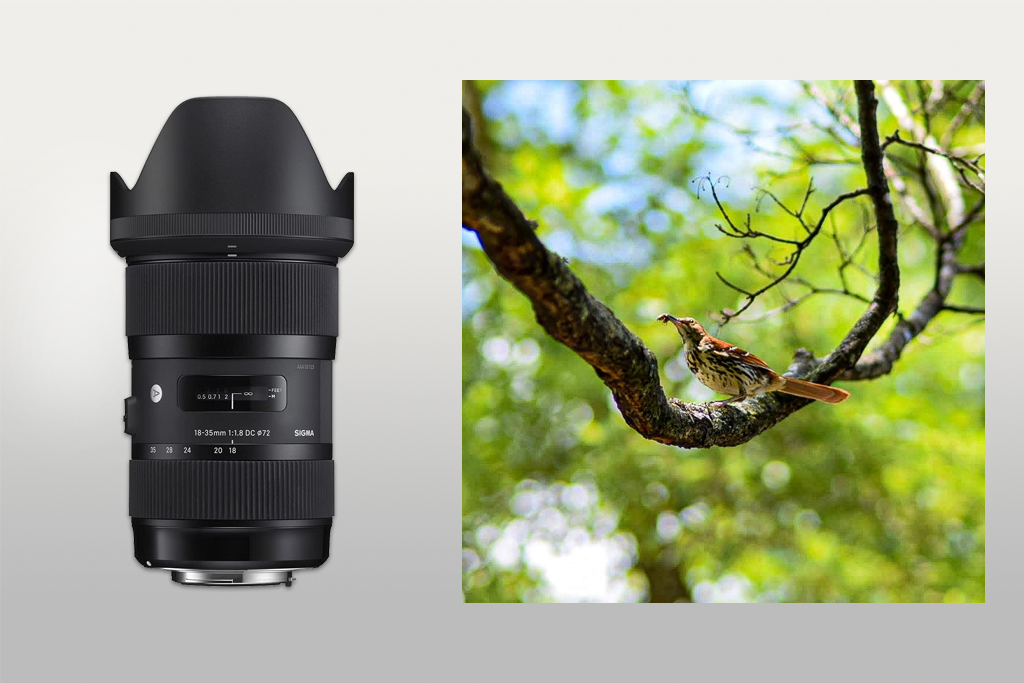
I spent a few weeks testing the Sigma 18-35mm lens with my Nikon D3500. I used it indoors, outdoors, in bright light, and in dim settings. I mostly took portraits, some product shots, and travel images. Although the lens adds a bit of weight to this compact DSLR, the image quality made that trade-off easy to accept.
This Nikon D3500 lens delivered impressive results straight away. At f/1.8, it gave me a smooth background blur while keeping the subject razor-sharp. It is far better than what the kit lens can do. For blog content like lifestyle portraits and flat lays, it captured fine textures and edges beautifully, even when shooting wide open.
Another great thing about this lens is its durable build. It has a metal barrel and smooth rings for zooming and focusing. The finish looks premium, which is a big upgrade from the usual plastic kit lens. It’s not weather-sealed, but still feels like a high-end lens for Nikon D3500.
Autofocus is quick and accurate when the light is good, though it’s not the quietest or fastest compared to newer Nikon D3500 lenses. For still photos, it’s reliable and sharp. For video, manual focus is the way to go. The wide focus ring turns smoothly, making it easy to get perfect focus.
Amazon: 50+ bought in past month
B&H: 2K+ sold in the past year
Adorama: 1K+ sold in the past year
Best Buy: 600+ sold in the past year
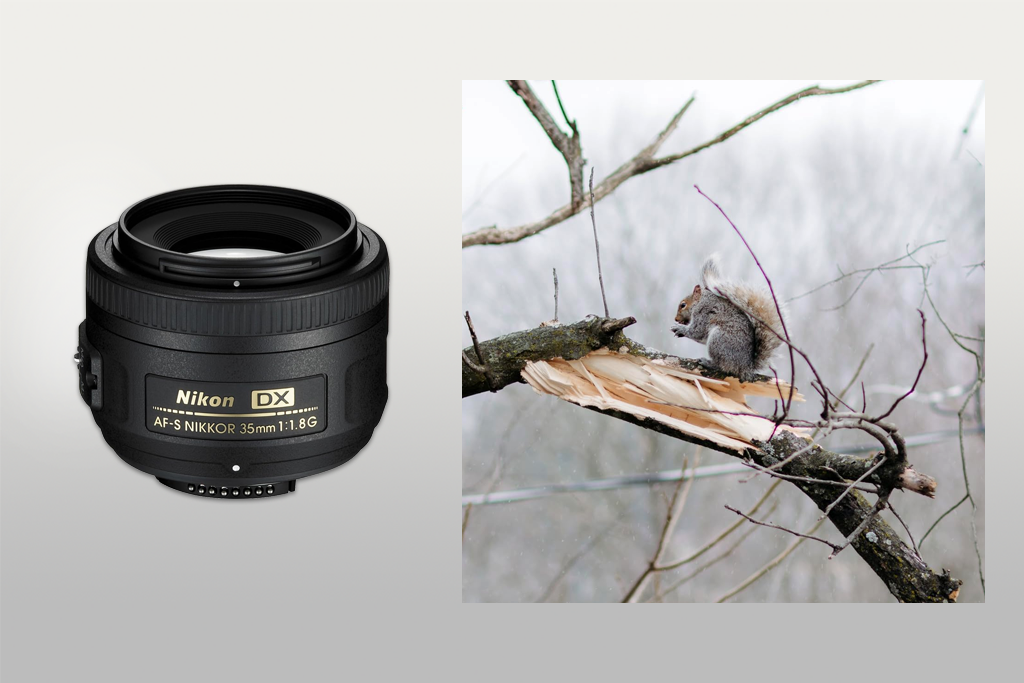
I read many positive reviews about the 35mm f/1.8G. People said it’s a “must-have” lens for crop-sensor cameras. I tested it over several weeks, shooting portraits, street photos, café shots, and food pictures for my blog. Since I usually shoot handheld, I hoped my pictures would be sharp and clear. Otherwise, I had to spend a lot of time editing them.
Right from the start, the sharpness and brightness impressed me compared to my old 18-55mm kit lens. Thanks to the wide f/1.8 aperture, I could easily get smooth, creamy background blur or bokeh. Even my indoor photos came out clean and bright in low light, without pushing my ISO way up.
One of the highlights of this lens is its size and weight. It’s small and light, and it sits just right on the Nikon D3500. That makes it way more comfortable to use all day or during long shoots compared to heavier zooms or expensive prime lenses for Nikon D3500. It pretty much turned my DSLR into a true grab-and-go camera.
The autofocus is quick and quiet. I should admit that it isn’t lightning-fast like in top-end lenses, but fast enough for all my photo needs. Though this lens doesn’t belong to the “pro-level” category, it regularly delivers sharp photos.
Amazon: 50+ bought in past month
B&H: 1.5K+ sold in the past year
Adorama: 1K+ sold in the past year
Best Buy: 500+ sold in the past year
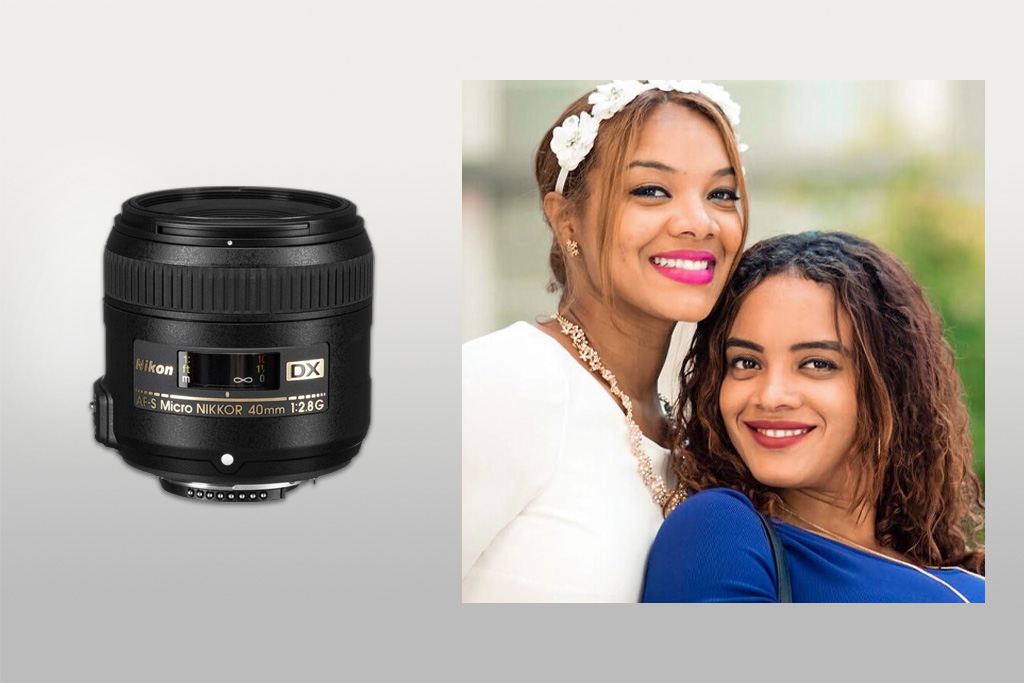
When I first started taking close-up photos with my Nikon D3500, I quickly found out that my basic kit lens wasn’t enough. I wanted to capture tiny details like textures, glowers, insects, and even jewelry for a small online store I help with.
The 18–55mm lens just couldn’t zoom in close enough. So, I started to look for suitable alternatives and discovered the Nikon AF-S DX 40mm f/2.8G Micro lens. It was budget-friendly, light to carry, and had a true 1:1 macro capability. Therefore, I was able to capture life-size close-ups.
From the start, my images were sharp and beautiful. The lens captured fine textures perfectly. I saw delicate flower petals and tiny details on coins. It totally outperforms the kit lens I used before. Being a true macro lens for D3500, it lets me get very close to subjects - around 6.4 inches from the sensor. Thus, the frame is filled with details without cropping.
The best part is that this lens is very versatile. Although I bought it for close-up photos, the 40mm focal length makes it great for portraits and everyday shooting. On the Nikon D3500’s crop sensor, this Nikon portraits lens acts like a 60mm lens on a full-frame camera. This is a popular “field of view” for capturing people, food, or casual shots while out and about.
Amazon: 50+ bought in past month
Adorama: 1.5K+ sold in the past year
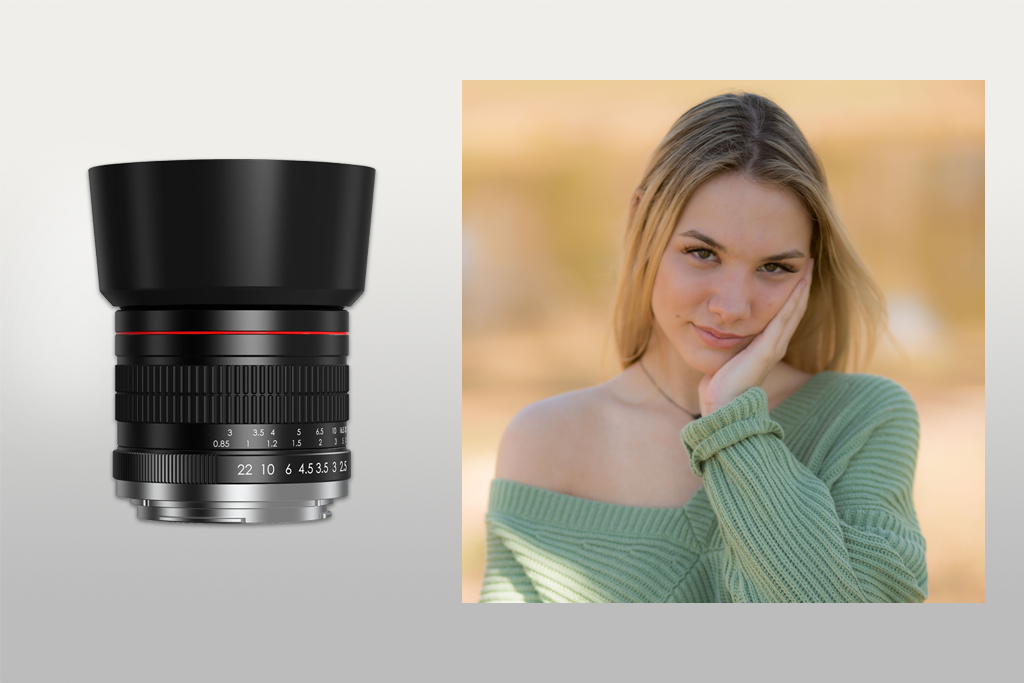
This telephoto lens for Nikon D3500 has a sturdy all-metal build. It is neither too heavy nor too bulky. Thanks to the smooth focus ring, I got great control to adjust focus exactly how I wanted.
Manual focusing can be tricky, especially when subjects move or when shooting with a wide aperture. But for still, posed shots, it worked well. I relied on the D3500’s live view mode and zoomed in to double-check focus. Though it slows down the process a bit, this careful approach paid off with sharp and clear images.
The f/1.8 aperture is the highlight of this Nikon D3500 telephoto lens. Shooting wide open, it creates soft backgrounds, and the subject is neatly separated from the background. At 85mm on an APS-C sensor, the “compression” effect is flattering for portraits and great for isolating items in cluttered areas. The bokeh was smooth and creamy. I think this is a wonderful lens for this money.
The lens also did a great job controlling chromatic aberration and flare. Even when shooting with bright lights behind my subject, I noticed very little purple fringing. Plus, the lens hood helped reduce harsh glare for cleaner shots.
Amazon: 50+ bought in past month
B&H: 2K+ sold in the past year
Adorama: 1.5K+ sold in the past year
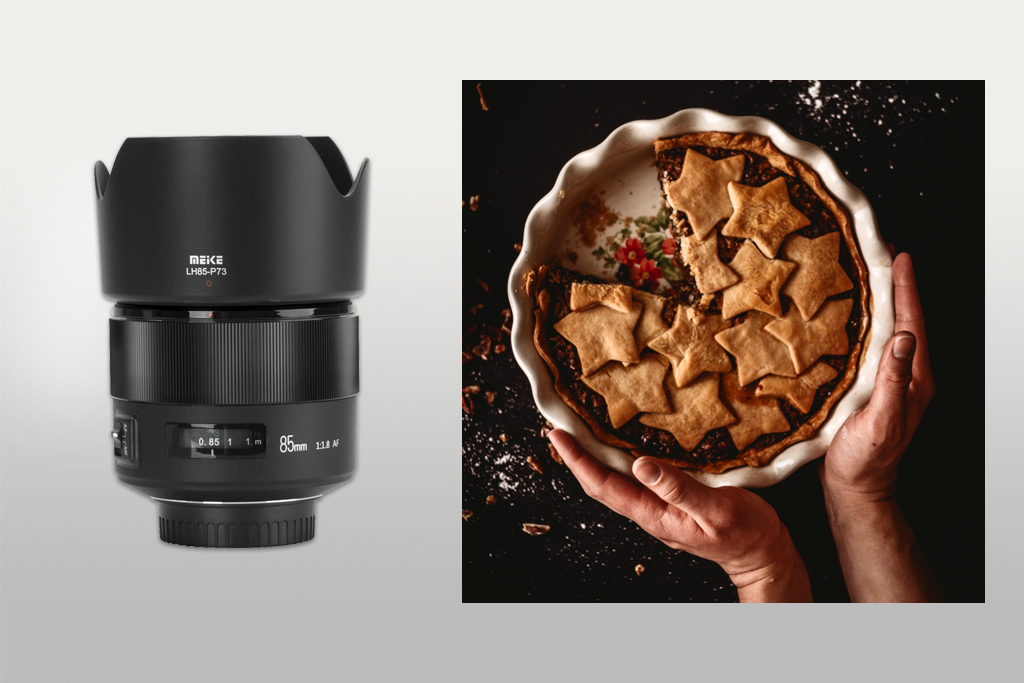
This lens for Nikon D3500 works great because it has autofocus built in. Many cheaper lenses only offer manual focus, which can be tricky when you’re trying to shoot quickly. While the autofocus isn’t as fast or quiet as Nikon’s native lenses, it still copes with its job. Generally, I was able to catch fast-moving subjects without problems.
I particularly like the f/1.8 aperture. It gave me a mesmerizing background blur and made my subjects really stand out. Whether I was shooting wide open at f/1.8 or dialing it down a bit to f/2.8, the shallow depth of field looked amazing. For close-up portraits, this Nikon D3500 wide-angle lens is a wonderful choice.
This lens really surprised me with photo sharpness. Even at f/1.8, the center of the photo looked very clear. When I stopped it down to f/2.8 or f/4, it got even sharper. The corners were a little soft at the widest aperture, but since I mostly used it for portraits, that didn’t bother me. Skin tones in pictures looked natural, while the colors were lifelike and vibrant.
There wasn’t much chromatic aberration, which means no weird color fringing around edges. Flare was only a problem when I pointed the lens right at bright lights. It doesn’t have built-in stabilization, but as long as I kept my shutter speed fast and held the camera steady, it performed just fine.
Amazon: 50+ bought in past month
Lightdow: 3K+ sold in the past year
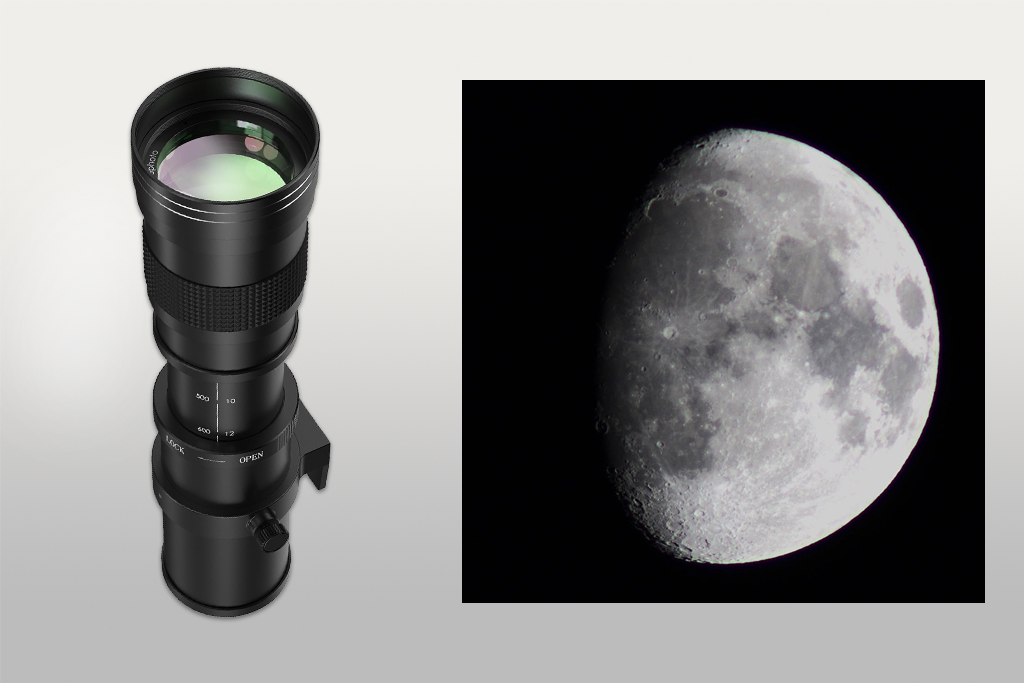
When I first picked up the Lightdow 420-800mm, it looked like a pro tool. It is sleek, long, and surprisingly lightweight. But it’s a manual-only lens. There is no autofocus and no stabilization. Besides, it doesn’t offer any digital connection to the Nikon D3500. So, your camera won’t share settings info or aperture controls with this lens.
Still, what makes this lens stand out is its incredible zoom range. It lets you shoot things that would otherwise be out of reach. For instance, you can capture distant wildlife, moon shots, or even planes in the sky. It’s also a great way to hone your manual focusing skills. Most of all, I like that despite its huge size, it’s light enough to carry around.
Since this Nikon D3500 lens doesn’t have autofocus, you need to manually focus everything yourself. Besides, it starts at f/8.3, so the viewfinder can look pretty dark, especially in low light. I spent extra time lining up my shots. The focus ring moves nicely, but getting perfect sharpness takes practice. I recommend switching to Live View and zooming in to receive accurate focus.
You’ve probably understood it’s not going to replace a top-tier telephoto lens. But for the price, this manual mega-zoom does more than you’d expect. Pair it with a tripod, take your time, and use an editing app to tweak the results. In the end, you’ll be surprised by what this Nikon super zoom lens for D3500 can do.
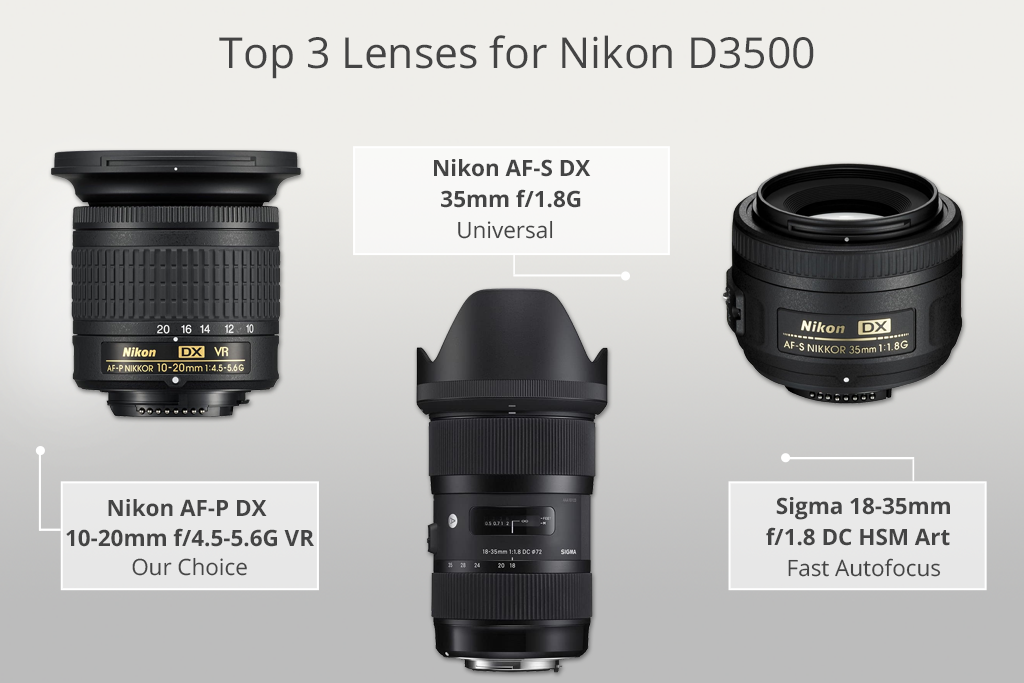
Together with my colleagues from the FixThePhoto team, I was determined to find the best Nikon D3500 lenses, focusing on what really matters to beginners. We didn’t concentrate solely on the specs, but considered how a lens works in real life. Our testers, Kate Debela, Tani Adams, and Nataly Omelchenko, spent weeks testing different lenses in regular shooting conditions.
We shot in parks, on busy streets, indoors, and out in nature to see how each lens held up. We tested lenses for sharpness, how smoothly the autofocus worked, and whether the lens could handle low light.
Our team also noted how each lens balanced with the D3500’s small body and whether it was easy to use without grappling with the menu. When it came to choosing the winners, we paid special attention to whether lenses were convenient to hold in the hands and used for quick shooting.
Kate handled the landscape and wide-angle tests, keeping an eye on sun flares, corner softness, and how well the lens kept contrast in tricky lighting. Tani dove into portraits, testing how well the lenses created background blur and made subjects pop. Nataly got up close and personal with macro shots and reached far with telephoto tests, seeing how much detail each lens could pull in.
Our team also made sure to rate each lens in terms of beginner friendliness. Did a lens work smoothly with the D3500’s autofocus, or did you need to fiddle with settings? After many days of switching lenses, snapping photos, and editing photos, we got a clear snapshot of which lenses were a perfect match for the Nikon D3500 in real-life use, not just on paper.